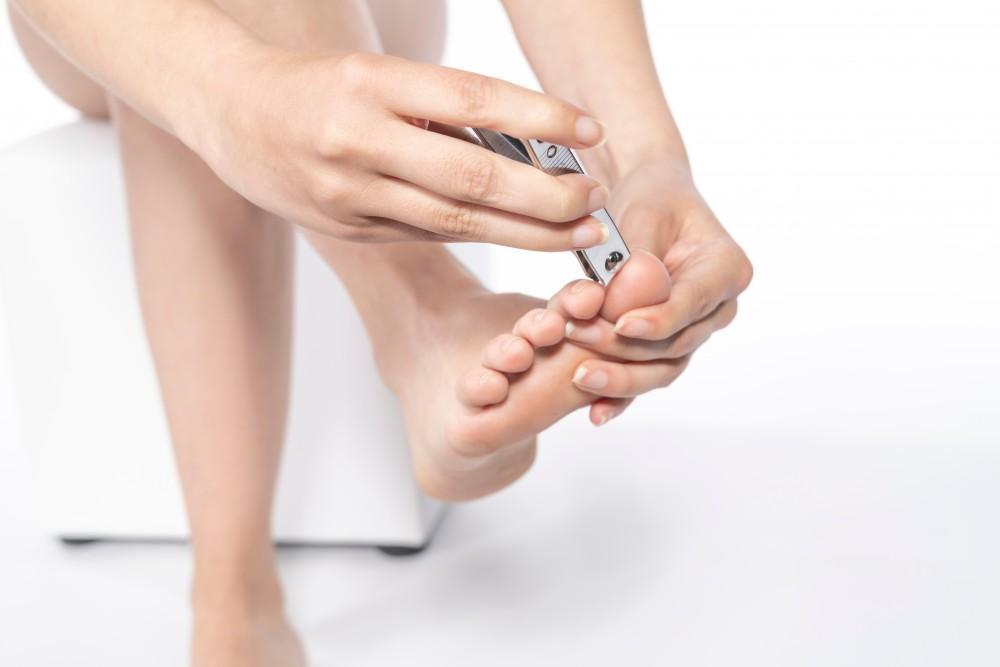
Suspect You’ve Broken Toe? How To Tell and What to Do

Stubbing your toe or dropping something heavy on it can lead to serious pain, but how do you know if it’s broken or just bruised? And what can be done for a broken toe, anyway?
Joseph DiMenna, DPM and Jacques Tran, DPM at Family Foot and Ankle Center of South Jersey, in Cherry Hill, New Jersey, specialize in keeping your ankles and feet healthy. That includes providing prompt care for fractures and sprains — including those that affect your toes.
Read on to learn more about the signs of a broken toe and what we can do to help.
Symptoms of a broken toe
Depending on the toe and type of fracture, symptoms of a break can vary. Common indications of a toe fracture include:
- Immediate and often intense (or radiating) toe pain
- Swelling that may involve the entire toe and surrounding area
- Purple, black, or blue skin discoloration
- Difficulty putting weight on the injured toe
- Numbness or tingling in the affected toe and foot
A more severe fracture may cause an obvious misalignment of the affected toe, making it appear bent or displaced.
Unfortunately, many of these symptoms also occur with a severe bruise or sprain, sometimes making it difficult to identify a fracture without an X-ray. Either way, our team offers treatments that help ease your discomfort and speed healing.
What to do if you suspect a broken toe
If you suspect you’ve broken your toe, take steps to reduce pain and prevent further damage:
Rest and elevate
Keep weight off your foot as much as possible, elevating it above heart level by propping it on pillows to reduce swelling and pain.
Cold therapy (icing)
Apply an ice pack to the injured toe for 15–20 minutes every hour to numb the area and reduce swelling. To avoid ice burn (frostbite), which can develop in minutes, avoid direct skin contact by wrapping the ice in a cloth before applying.
Buddy tape
If the toe isn’t displaced or misaligned, buddy tape it to the adjacent toe for support. Place soft gauze between the toes to prevent irritation, and wrap the tape snugly, but not too tightly, to avoid cutting off circulation.
Pain relief
Over-the-counter pain medications like ibuprofen can help relieve pain and ease inflammation.
Check your shoes
To protect your toe and reduce pain while walking, wear stiff-soled or cushioned shoes with a wide toe box to avoid putting pressure on the injured toe.
When to see the doctor
Our Family Foot and Ankle Center of South Jersey team recommends scheduling a visit whenever you’re concerned about a foot, ankle, or toe injury.
Otherwise, see us for:
- Pain that doesn’t ease within 24-48 hours
- Discomfort that prevents you from resting
- An obviously displaced or misaligned toe
- Difficulty walking or completing daily activities
- Persistent inflammation and swelling
Based on your symptoms and initial evaluation, we may recommend an X-ray to confirm a break. Along with activity modification and pain relief, treatment for a broken toe can range from buddy taping to splinting, casting, or surgery for more complex fractures. Toe fractures typically heal within four to six weeks.
If you suspect you’ve broken your toe, schedule a visit with our team for a prompt evaluation. Call Family Foot and Ankle Center of South Jersey today, or request an appointment online at your convenience.
You Might Also Enjoy...


5 Ways to Keep Your Bunion Pain to a Minimum

Gout: What Is It and How Can I Get Rid of It?

Complications of an Untreated Ankle Sprain

How to Tell If You Have Hammertoe


